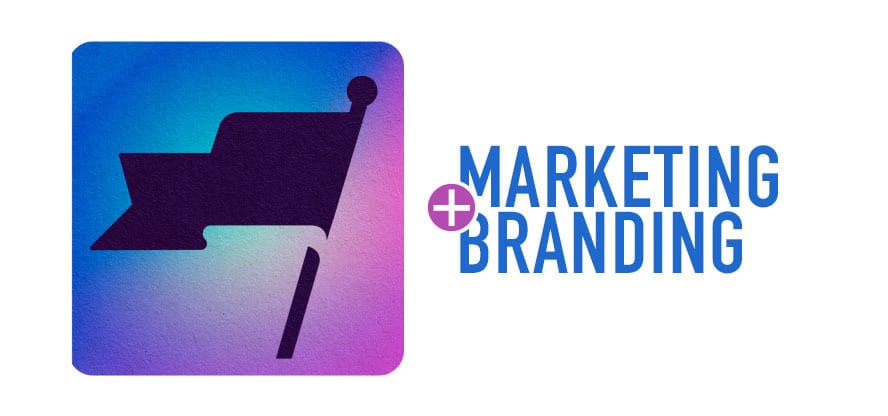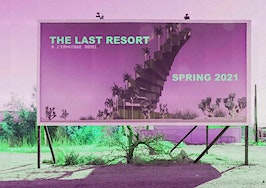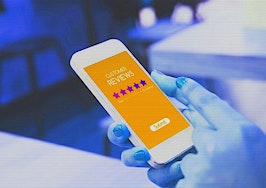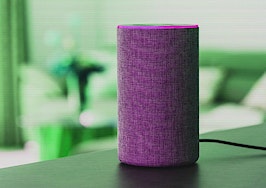 September is Marketing and Branding Month at Inman. That means we’re talking to the chief marketing officers at major brokerages about how the pandemic is changing their jobs and what it means for agents. We’re publishing a suite of tactical Inman Handbooks for marketing on digital portals. And we’re looking at what pages of the traditional marketing playbook still work. Join us all month long.
September is Marketing and Branding Month at Inman. That means we’re talking to the chief marketing officers at major brokerages about how the pandemic is changing their jobs and what it means for agents. We’re publishing a suite of tactical Inman Handbooks for marketing on digital portals. And we’re looking at what pages of the traditional marketing playbook still work. Join us all month long.
This article series is largely taken from the Real Estate Marketing Playbook with permission from the author.

Chris Watters
Before we jump in, I’d like to give a quite shout out to Chris Watters of Watters International Realty and author of The Million Dollar Real Estate Team. He was kind enough to share his insights on radio advertising. If you haven’t read his book yet, I highly recommend you check it out.
Once upon a time, radio was the top platform for delivering advertising messages. Radio enjoyed being in this top spot until 1941, with the debut of the first-ever televised ad. Ever since, the platform has struggled to claim its fair share of the advertising industry. This year, due to the pandemic, radio ad spending will suffer even more. According to eMarketer, “TV, print and radio ad spending will all decline by double-digit rates this year.”
For you, this has both good and bad implications when considering advertising your real estate services on the radio. First, the bad: Listenership has been in steady decline over the last few decades. The average listener is approaching advanced age, and few are tuning in to replace them.
Now, however, the good: Most stations, especially small regional ones, have lowered the cost of advertising in an attempt to keep advertisers and hopefully entice new ones. For this reason, radio advertising should be an option for you.
With the advent and proliferation of podcasts and other streaming services, you have many options of where to place an ad on audio or radio. There are countless opportunities to sponsor podcasts and place digital ads on the online pages that host podcasts. You can also put ads on satellite radio and streaming radio services.
Where radio is still effective
Radio advertising is prime for targeting sellers aged 40-65. It has a higher proportion of that demographic that still tunes in to listen on average of 15-25 minutes per day, typically during drive-time hours for the morning and afternoon rush. Any ad you purchase should, therefore, air during those time slots.
Chris Watters cautions not to skimp out here — you need to pay for the prime-time spots. He also recommends only focusing on sellers. Your goal is to get them to call and say, “Come list my house.”
The difference between success and failure for a radio advertising campaign depends entirely on preparation and planning. Radio ads are reasonably simple to create (as opposed to TV ads), but in reality, they are marketing tools that require just as much careful analysis and planning as the most complicated campaigns.
Strategy and planning
Strategy is the name of the game. If you commit all of your funds to just one form of radio advertising, you limit your chances of success. A better approach is to strategize and coordinate your radio ads with other marketing efforts, such as print ads, online marketing and social media initiatives.
You should have a consistent message across all mediums and a very strong call to action that utilizes one of your unique value propositions, such as a guaranteed sale.
Radio advertising isn’t for everyone. Don’t even consider it as a form of marketing unless you’ve mastered lead conversion and have 12 months of reserves in the bank. Most agents at this point will have a team, or at the very least, an assistant and have consistently earned over $300,000 in annual gross commission income (GCI). If you can’t afford to go all in do not even dip your toe in the water.
Scripting and message
The ad must convey the “voice” of your company and services. If you have your own creative team, you may work with them, although it might be worth hiring an agency or even to work with the radio station directly to create the radio spots.
You will still need to ensure that the team you work with can stay on message for your brand. If you hire on-air talent for the ad, make sure their persona and personality are in alignment with your brand.
Avoid controversial on-air personalities, and do a deep-dive into their social media habits before hiring them to convey your message to potential clients. Testimonials and endorsements on the radio go a long way. (I’d recommend Motivate Media these days.)
Analyze, test and adjust
Some radio campaigns are successful right from the start. But most of the time, you will need to adjust your ads and your strategy as you go along. Make sure you have access to adequate analytical tools.
Try A/B testing for a couple of ads. Vary the script and message style to see which ad garners better results. Then, apply what you’ve learned by investing in the more successful ads.
Be sure to use a dedicated phone number (such as one from CallAction), so that you’re able to track and respond to a high volume of incoming calls. According to Watters, once you’ve got everything up and running, you can expect a six to seven times ROI on a six-month cash conversion cycle.
Paid radio shows
Another opportunity that some radio stations have made available is the ability to build and host your radio show. These are typically 30 or 60-minute shows and usually relegated to non-peak listening hours. These shows tend to run on weekend mornings or late nights and early mornings before 6 a.m.
Usual costs include paying for a producer and engineer to keep the show running smoothly. You need to pay royalties for any jingles or music played on the show, which is why most who take advantage of this option choose a talk-show format. Production costs vary, but they typically start out around $3000 per episode and go up from there.
Some stations will negotiate a package deal if you commit to multiple episodes. These shows usually run once per week. Some stations will allow you to sell advertising spots during your show where you will have to split a percentage of the monies paid. Others may not let you sell ads at all, and will instead program their regular advertising schedule, keeping all the revenue.
This more extended format allows you to feature multiple voices from your business as hosts and co-hosts and lets you bring in guests for interviews. You get the prestige of having a radio show on a “known” radio station, which helps to gain credibility with your audience.
While there will be a lot of pressure to have the hosts be professional, engaging, and entertaining, a show that keeps listeners tuned in will highlight you as a personality in the real estate business. For example, check out The Minnesota Real Estate Show and Minnesota Home Talk. These are just two of the handful of agent teams that have AM Radio shows here in Minnesota.
Real Estate Marketing Playbook was inspired by observations and experiences over many years in the real estate business. This series includes example strategies from the playbook, and the full text is available on Amazon, Kindle and Audible.
Brandon Doyle is a Realtor at Doyle Real Estate Team — RE/MAX Results in Minneapolis and co-author of Mindset, Methods & Metrics – Winning as a Modern Real Estate Agent. You can follow him on Twitter.













